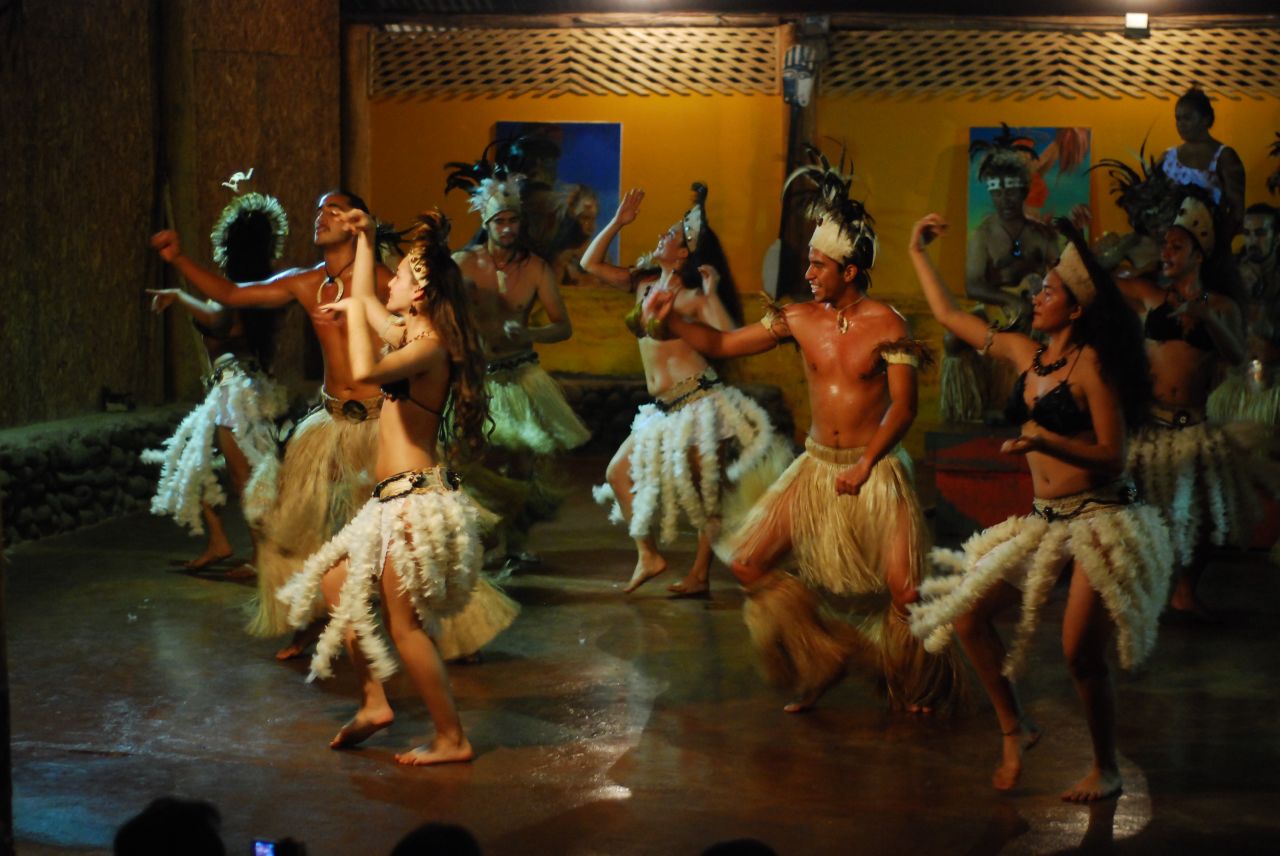Easter Music - Celebrating Traditions And Cultural Heritage On Easter Island
One of the few remaining echoes of the past on Easter Island is a song that commemorates Hau Maka, a figure from the island's early settlement. The Easter music serves as a testament to the fading memories and recounts a part of the legendary tale.
Author:Jane RestureMay 31, 2023114.3K Shares1.5M Views

In 1772, European explorers discovered Easter Island, which later faced the ravages of Peruvian slave ship attacks in 1862 and devastating epidemics. Tragically, along with the decline in population, a significant portion of the island's musical traditions vanished.
One of the few remaining echoes of the past on Easter Island is a song that commemorates Hau Maka, a figure from the island's early settlement. The Easter musicserves as a testament to the fading memories and recounts a part of the legendary tale.
| O Hatu Matu'a i-unga-mai ai | Hatu Matu'a sent here |
| Ia Hau Maka, i toona tuura | His servant Hau Maka |
| Ka-kimi te maara mo te ariki | To search out a landing place |
| Mo te arikim mo tomo. | For the king to land. |
Easter Music And Tahitian Culture
The musical traditions of Easter Island are uniquely influenced by Tahitian culture, characterized by traditional singing and chanting. Each family on the island forms a choir, competing imaginatively with one another to depict the community's life and perpetuate the memory of Rongorongo.
In the past, these groups would come together annually to participate in a contest. Although supposedly judged impartially, the results often led to disputes and quarrels that could persist until the following year and the next contest.
In the early days, the music groups were accompanied by the resonant tones of conch-shell trumpets, while rhythm was provided by a dancer leaping on a slender stone slab placed over a pit containing a large calabash resonator. It is believed that stone castanets were also used during this time.
Regrettably, none of these instruments are currently in use, and singers are now accompanied by guitars. Similarly to other Polynesian cultures, traditional music also serves as the foundation for dance, which is exemplified in several instances below.

Rapa Nui e,,,aka. Easter Island ..(dance) ., feat..Fenua
Contemporary Easter Island music recounts tales of the arrival and departure of loved ones, celebrates the joy of marriage through songs about new brides, reflects on village life, depicts the beauty of sunrises, and captures the essence of the island's winds.
Additionally, there are songs dedicated to preserving the island's past, such as the Rongorongo tradition, which traces the family's history from ancient times. Another notable example is the song of the moai sculptures, where the rhythm is mimicked by striking two stones together, representing the sounds of the sculptors working on the massive statues in the quarries.
Conclusion
In conclusion, Easter music is deeply rooted in the cultural heritage of Easter Island, with a distinctive Tahitian influence. Traditional singing and chanting serve as a means for families to come together and compete in conveying the life of the community, keeping alive the memory of Rongorongo.
While the traditional instruments have faded away, contemporary music on the island continues to tell stories of love, marriage, nature, and the island's rich history. Easter Island's music serves as a powerful expression of its people's identity and plays a significant role in preserving and sharing their cultural traditions.

Jane Resture
Author
Since she embarked on her first world trip in 2002, Jane Resture spent the past decades sharing her personal journey and travel tips with people around the world. She has traveled to over 80 countries and territories, where she experienced other cultures, wildlife she had only read about in books, new foods, new people, and new amazing experiences.
Jane believes that travel is for everyone and it helps us learn about ourselves and the world around us. Her goal is to help more people from more backgrounds experience the joy of exploration because she trusts that travel opens the door to the greatest, most unforgettable experiences life can offer and this builds a kinder, more inclusive, more open-minded world.
Latest Articles
Popular Articles
